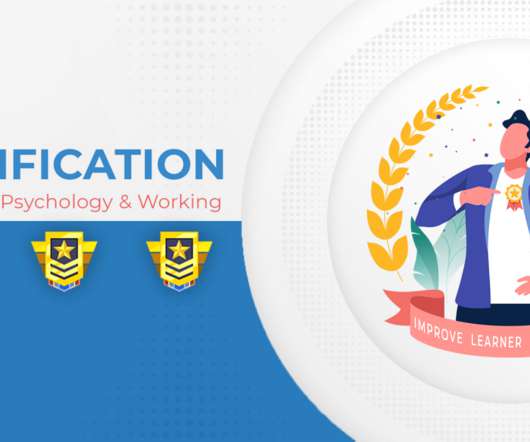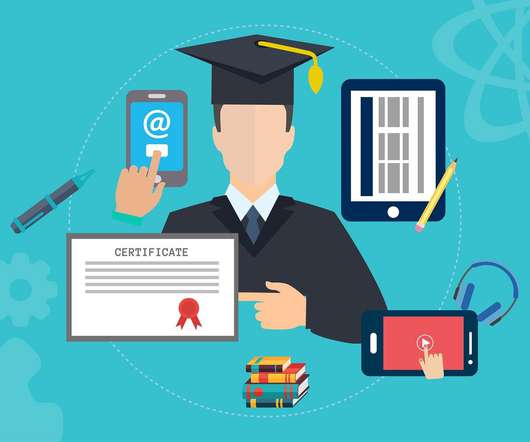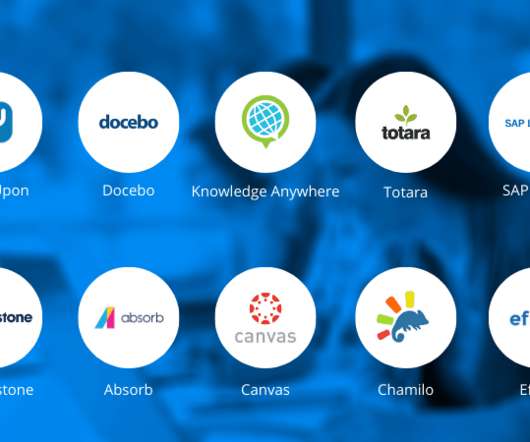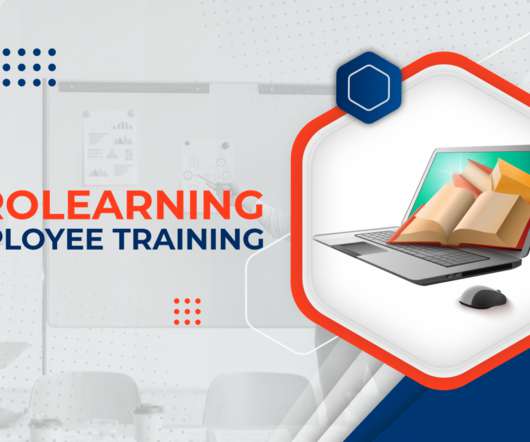eLearning Glossary: Definitions for the Most Commonly Used Terms
Association eLearning
MAY 11, 2016
Thankfully, eLearning comes in many different forms from basic PowerPoint modules to learning games and simulations and beyond, giving users many options to support their unique learning objectives. If you’d like to learn more, check out this article from eLearning Industry.














































Let's personalize your content